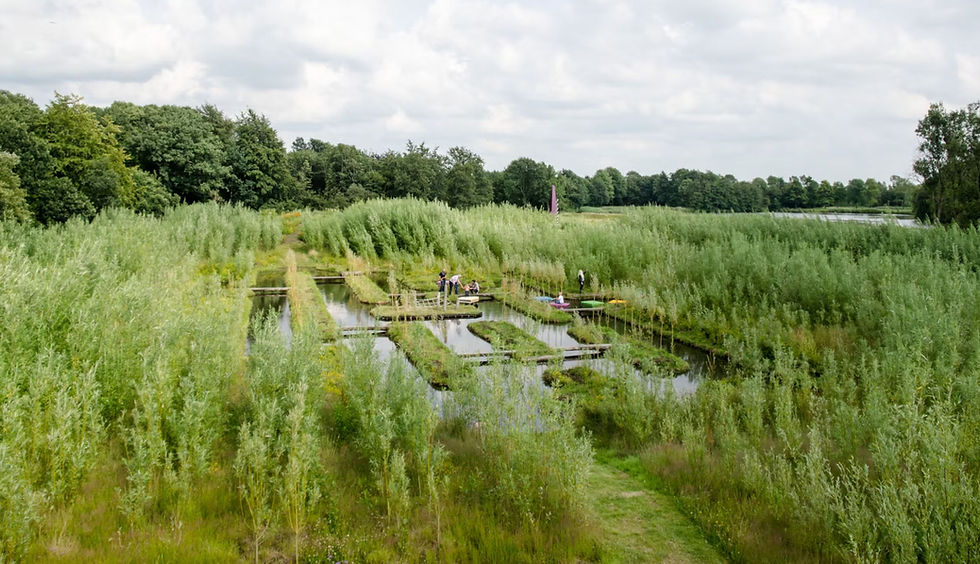The Rise of Quiet Design: A New Era in Landscape Architecture
- Ray Agung
- Jul 14
- 2 min read
In an era where bold, statement-making landscapes are prevalent in design feeds and competition panels, a subtle yet impactful movement is gaining traction: Quiet Design. This trend eschews grand gestures and flashy features, focusing instead on humility, restraint, and attentive listening—creating spaces that integrate rather than dominate, that support rather than demand attention.

What is Quiet Design?
Quiet Design in landscape architecture is a deliberate approach where the landscape seeks to provide comfort, balance, and sensory refuge rather than draw attention. It emphasizes subtle materials, micro-topography, gentle planting palettes, and a layered appreciation of cultural and ecological memory. Unlike minimalism, which can feel cold and aesthetically driven, it embodies empathic design, shaped by context and quiet values.
Why Now?
The world is filled with noise—in sound, pace, and visual clutter. Urban residents, post-pandemic populations, and digital-age youth increasingly desire spaces that offer peace without detachment, solitude without isolation. Quiet Design meets this demand by prioritizing:
Understated beauty over visual noise
Micro-moments of refuge over crowd-centric spectacle
Time-based experiences—such as shadows shifting on stone, wind in tall grasses, or seasonal scent changes—over instant visual gratification
Careful restoration and respect for the site rather than imposing identity
Key Characteristics of the Quiet Landscape
Muted material palettes: local stone, rammed earth, weathered wood, recycled concrete
Planting that heals: soft textures, scent-forward species, native grasses, and non-invasive groundcovers
Micro-spatial interventions: sunken sitting areas, slight elevation changes, edge planting that defines space without walls
Decentralized gathering: spaces that allow simultaneous solitude and community use without hierarchy
However, these remain rare. Most design media still focus on photogenic, high-impact landscapes. Quiet Design may not win awards—but it captures hearts over time.
Challenges Ahead
Quiet Design resists commodification. It's difficult to photograph, hard to sell, and even harder to justify to fast-moving clients. It takes bravery to advocate for restraint in a world accustomed to valuing more, faster, louder.
It also demands interdisciplinary empathy—listening to ecologists, sociologists, and community voices as co-designers, not just consultants. Quiet landscapes are co-authored over time, not simply installed.



Comments